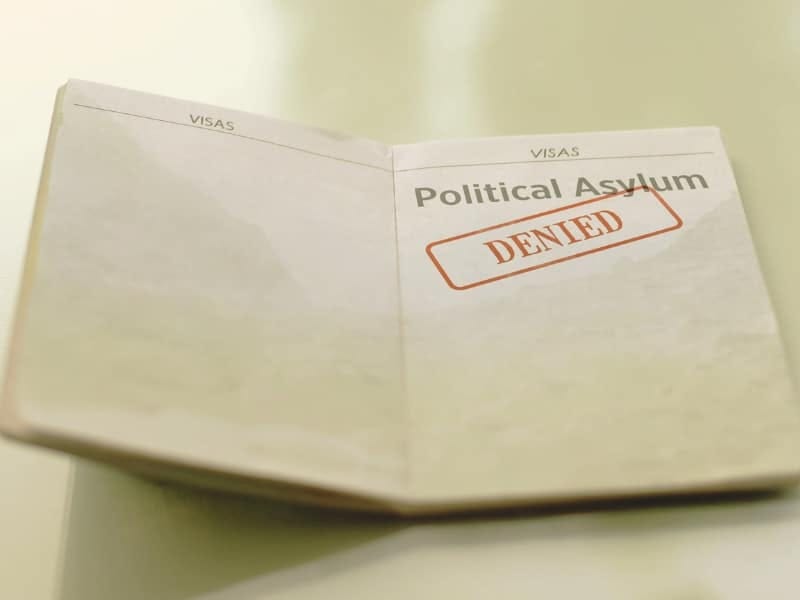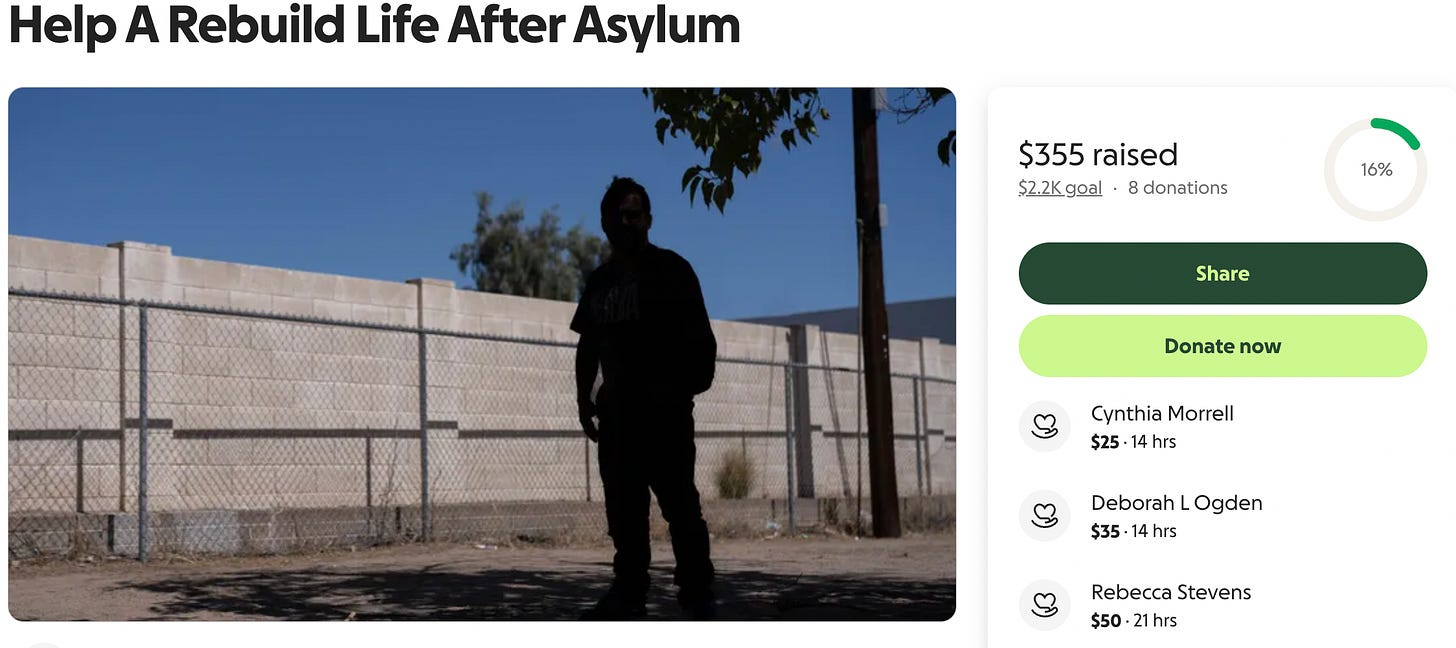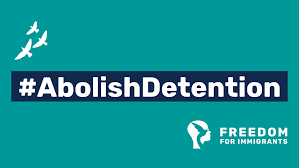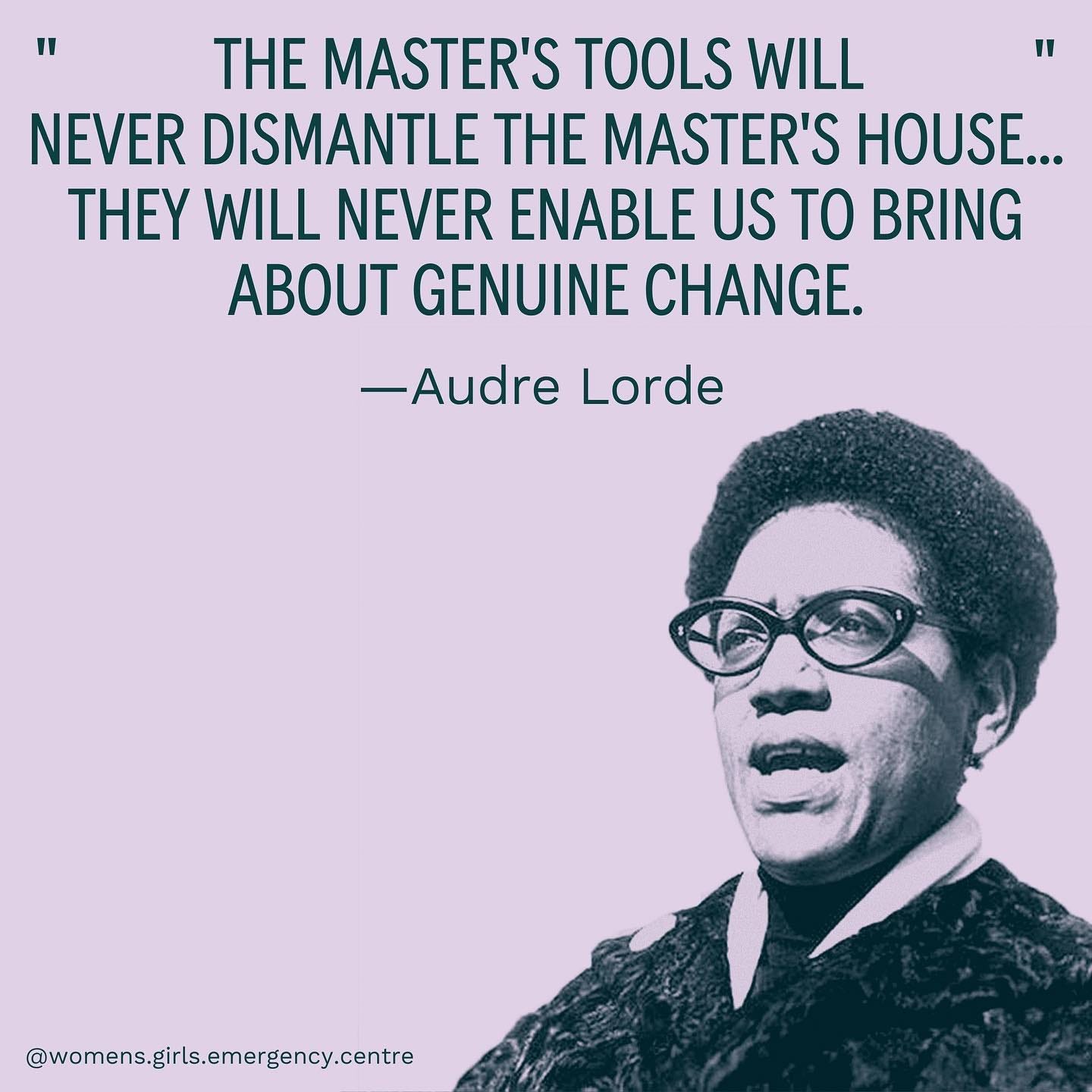The Eloy Triangle, Part IV -- What's Next?
A look inside an asylum hearing at the ICE Eloy Detention Center.
This week I’m sharing some thoughts springing from my visit on Tuesday to the ICE Eloy Detention Center to attend a refugee asylum hearing. Today is Part IV
Click here for Part I – Follow the Money.
Click here for Part II — It’s Not Punishment?
Click here for Part III — A’s Story
+
“It’s a roller coaster,” R. said as we walked out of the hearing room.
On one hand, she was talking about what we had just witnessed — nearly two hours of watching a tortured human being twist in the wind … trying to read the signs from the judge, at times certain that he had to grant asylum and at times certain that he surely would not.
“It’s a roller coaster,” R. said again.
“I’ve seen it before. After this high … reality sets in.”
A had been granted asylum. He was free … and yet he was not.
As we walked out the door in the back of the hearing room into the hall, A, exited into the same hall. We turned to face each other … he knew R. but it was the first time he and I had seen each other’s faces.
Tears filled both our eyes.
We moved toward each other, only to have officers not only block us but begin to push us away from each other … moving us each backwards in opposite directions.
I put my hands to my chest and closed my eyes … the closest thing to a universal gesture of love I could muster.
He did the same.
R. spoke to A and let him know that she would be in touch … that we would be in touch … so that when reality set in he might remember he wasn’t alone.
A was ushered down the corridor back to his cell. He was free … and yet he was not.
We were ushered through locked steel doors out into the lobby.
Reality began to set in for me.
“What happens to him now?” I asked R.
“What’s next?'“
A. was one of the lucky ones — his asylum request had been granted. It helped that his home country was one whose refugees have had better luck getting asylum. In 2024, the U.S. granted 59% of asylum petitions from there.
A. was one of the lucky ones — and the odds are getting worse.
In 2024, 45.4% of all asylum seekers had their petitions granted. On one level, that doesn’t seem too bad.
But let’s look deeper.
A legal analysis finds that:
Among applicants who had legal counsel in 2024, 53% were granted asylum.
Among those without representation, only about 19% were granted asylum.
Since asylum seekers do not have the right to counsel, much like the rest of our legal system, your outcome is likely determined by how much money you have.
Let’s look deeper still.
An analysis of asylum petitions granted by nationality shows that coming from a country that is a geopolitical adversary of the U.S. (i.e. if there is something in it on a propaganda level for us) is a determining factor.
Russia - 85.2%
China - 78%
Venezuela - 64.5%
Cuba - 51.6%
And things are getting worse.
At the end of 2024, right around the time of the election — the rates of asylum petitions granted began to drop
In October, 2024, only 35.8% of asylum cases were approved by immigration judges — a significant decline from earlier years.
And this year?
And with the Trump administration trying to remove and not removing appointments of judges who tend to grant more requests, those numbers will continue to trend down.
But what about those whose petitions are granted.
What about A?
What’s next.
Friday, I got a call from R.
A had been released from Eloy Detention Center … and had managed to find his way to Phoenix. He had no money, no passport or ID and no phone and was given no place to stay. He was dumped on the street.
Even worse, ICE released him with not a shred of documentation. He does not have the immigration judge's decision, nor any ICE documentation to prove who he is or his asylum status.
If he gets stopped by ICE he will end up right back in detention.
“What’s next” has traditionally been handled by refugee resettlement agencies.
Since Trump’s first term began in 2017, 38% of local refugee resettlement affiliate offices have closed or significantly curtailed operations (it’s important to note the Biden administration did not reverse this trend).
It got really bad this year.
In January, the Trump administration issued an executive order suspending the U.S. Refugee Admissions Program, effectively halting virtually all new refugee arrivals. This sudden pause led to hundreds of layoffs across resettlement agencies nationwide.
In the past when R. called me, I would have called Episcopal Migration Ministries — my church’s large, national refugee resettlement agency. They were amazing at helping people like A.
In 2024, EMM successfully resettled 5,396 refugees along with 1,137 individuals holding Special Immigrant Visas (SIVs) across 13 U.S. communities, representing 48 countries of origin.
After Trump’s executive order, EMM announced it would begin winding down core operations by February 14, with 22 employees laid off as a result of the frozen federal refugee resettlement program.
EMM will be resettling no new refugees this year.
As the U.S. government continues to abdicate it’s constitutional mandate to “provide for the general welfare,” it will more and more be up to us as individuals and small communities to care for one another.
All we have are each other.
We need to realize that.
We need to act on that.
R. and I got to work.
Through her client connections from her work at Eloy Visitation and Accompaniment, she found a fellow countryperson who provided a place for A. to spend that night.
That person eventually said that A. could rent a room with the person with whom he was staying for $600 a month.
Through her church connections in Tucson, she found a church that said it could maybe find a place for A. to stay for the short-term.
At R’s suggestion, I set up a GoFundMe for A to help raise the money he will need for rent and food.
As I write this, we have raised $355 of an initial goal of $2500.
Please click here, give what you can and share and spread the word!
For generations, institutions like churches and other nonprofits have relied on government and foundation grants for funding. Both of these are drying up and the parameters for their use are narrowing.
More on this as a moment of opportunity in a later post.
For now … in addition to giving and helping A … here is what “What’s Next?” can look like for you … and for all of us.
I - Join Freedom for Immigrants
Freedom for Immigrants is an immigrant-led, abolitionist organization committed to ending immigration incarceration. From their website:
We organize alongside leaders directly impacted by immigration detention, their families, and communities across the country to advance our liberatory vision of abolition. Our work is guided by the wisdom of those who have experienced detention firsthand. We believe these leaders are the heart of our movement and the true experts in our fight for collective liberation.
Through organizing, strategic communications and storytelling, and other forms of advocacy, we fight to free people from detention and shut down deadly detention centers while also working long-term to structurally realign our societal priorities away from criminalization, detention, and deportation and toward non-punitive, humane, and welcoming policies.
They have an excellent interactive detention map to show you where a detention center is near you, to connect you with abolitionist communities and resources, to learn the history of immigrant detention in your region and many other important resources.
II - Become a Visitor to People in Immigration Detention
Organizations like Eloy Visitation and Accompaniment are a literal lifeline for many people in ICE detention who have no other connection with the outside world and no access to legal, pastoral or other services.
You don’t need to be a trained counselor or a lawyer. You just need to be, as R says, “a human being.”
Again, Freedom for Immigrants is the best resource for how to start, get trained, and to find organizations near you. Click here for their guide to visitation and to connect with communities to help you get started.
III - Fight dehumanization by spreading humanity
The core of all oppression is convincing ourselves and others that the people we are oppressing aren’t people at all. That they are somehow less than human. Too often, we who are rightly offended by this fight back by dehumanizing the dehumanizers — yet Audre Lorde is righ
t
The master’s tools will never dismantle the master’s house.
Learn and share the stories (with permission and with appropriate security measures taken … there’s a reason I don’t identify A and R and don’t name the country A is from) of people who are undocumented, endangered and in ICE detention.
If you know people personally already, now is the time to lean into relationships with them. Let them know that you care. Make sure family and friends have your phone number so that if they are kidnapped by ICE they can call you immediately. One of the greatest fears people who have no documentation have is getting disappeared and forgotten … assure them that if they get taken you will not forget them and will not stop working until they are free
Do your homework and read more first person accounts. Here are a few:
“Even God Cannot Hear Us Here”: What I Witnessed Inside an ICE Women’s Prison
Jasmine Mooney’s story of her two weeks in ICE Detention
Brazillian Trans Woman Recounts Harrowing Experience in Guantanmo Bay ICE Facility
Freedom for Immigrants has an excellent collection of first person stories.
IV - Give to organizations providing assistance to people in ICE detention
In addition to A’s GoFundMe, here are some places to give:
National Bail Fund Network — funds allow some in ICE detention to post bond, get freedom and connect with resources while awaiting hearings.
Support legal aid organizations like RAICES, the National Immigrant Justice Center (NIJC), and the Immigrant Defenders Law Center
V - Advocate
In an earlier installment, I shared a video of the Arizona State Representative who visited Eloy Detention Center. If you live in a district with a detention center, contact all your elected officials and urge them to make personal surprise visits to look at conditions there … and also to explore economic alternatives for the small communities hosting these facilities so that the jobs can be replaced when we shut them down.
Connect with community organizers in your area — the Detention Watch Network is an excellent resource for making those connections.
VI - Offer Solidarity After Release
Host housing: Some recently released detainees have nowhere to go. Community sponsorship programs connect volunteers to individuals in need of temporary housing.
Help with reentry: Think about what you can do! Job placement, language learning, transportation, or simply being part of a welcoming community — all of these are important.
Groups like Casa de Paz (Denver) and Eloy Visitation and Accompaniment (Tucson) provide excellent models.
Most important … look for the moments of hope and humanity and feed your love and energy to them.
Remember the prosecutor who even when he was being a tool of the evil state, when his bosses weren’t looking reached out in compassion. Look for those moments and encourage them.
Our humanity can’t be killed. We can only surrender it.
Never surrender.







